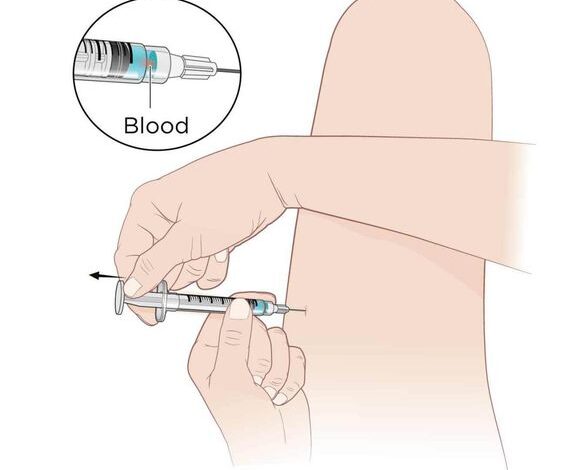
Introduction:
In the intricate world of healthcare procurement, the quest to manage costs while maintaining quality and patient safety is a perpetual challenge. Among the array of medical supplies that healthcare facilities must procure, Intravenous (IV) sets stand as essential tools for delivering fluids, medications, and nutrients directly into patients’ bloodstream. However, the true cost of IV sets extends beyond monetary figures, encompassing considerations of patient outcomes, safety, and overall quality of care. In this in-depth exploration, we delve into the multifaceted nature of the true cost of IV sets and its implications for patient care.
The Significance of IV Sets in Patient Care:
Before delving into the broader implications, it’s crucial to underscore the indispensable role IV sets play in modern healthcare delivery. From hospitals and y site injection clinics to ambulatory care centers and home healthcare environments, IV sets serve as lifelines, facilitating the administration of critical treatments and therapies. Whether hydrating a dehydrated patient, delivering life-saving medications, or providing essential nutrients, IV sets form the cornerstone of intravenous therapy, enabling healthcare professionals to deliver care with precision and efficiency.
Understanding the True Cost of IV Sets:
- Financial Considerations: The financial cost of procuring IV sets represents only one dimension of their true cost. While the upfront purchase price is a significant factor, it is essential to consider the total cost of ownership, including maintenance, replacement, and disposal expenses. Additionally, hidden costs such as product failures, recalls, and adverse events can have far-reaching financial implications for healthcare facilities.
- Patient Safety and Quality: The true cost of IV sets extends beyond monetary figures to encompass considerations of patient safety and quality of care. Inferior quality IV sets or those manufactured using substandard materials may pose risks of contamination, infection, or adverse reactions, compromising patient safety and leading to adverse clinical outcomes. Investing in high-quality IV sets not only enhances patient safety but also reduces the likelihood of costly complications and readmissions.
- Operational Efficiency: The efficiency and reliability of IV sets significantly impact the operational performance of healthcare facilities. IV sets that are prone to kinking, leaking, or malfunctioning can disrupt clinical workflows, cause delays in treatment administration, and increase staff workload. By investing in reliable IV sets and streamlining procurement processes, healthcare facilities can optimize operational efficiency and enhance the overall patient experience.
Implications for Patient Care:
- Clinical Outcomes: The quality and reliability of IV sets play a critical role in determining clinical outcomes and patient satisfaction. Reliable IV sets ensure accurate and consistent delivery of medications and fluids, minimizing the risk of dosage errors, infusion-related complications, and treatment delays. By prioritizing patient safety and quality of care, healthcare facilities can improve clinical outcomes and enhance patient satisfaction.
- Risk Management: Mitigating the risk of adverse events and complications associated with IV therapy requires proactive risk management strategies. Healthcare facilities must conduct comprehensive risk assessments, implement robust quality assurance measures, and provide staff training and education on IV set usage and maintenance. By addressing potential risks and vulnerabilities proactively, healthcare facilities can safeguard patient safety and mitigate liability exposures.
- Continuum of Care: IV therapy is often an integral component of the continuum of care, spanning across various healthcare settings and specialties. Seamless coordination and communication among healthcare providers, pharmacists, and patients are essential to ensuring the safe and effective delivery of IV treatments. By fostering collaboration and adherence to best practices, healthcare facilities can optimize the continuum of care and promote positive patient outcomes.
Conclusion:
Examining the true cost of IV sets goes beyond financial considerations to encompass patient safety, quality of care, and operational efficiency. By prioritizing investments in high-quality IV sets, healthcare facilities can mitigate risks, enhance clinical outcomes, and optimize the overall patient experience. Moreover, by adopting a holistic approach to IV set procurement and utilization, healthcare providers can realize cost savings, minimize waste, and achieve sustainable healthcare delivery models. As the healthcare landscape continues to evolve, a steadfast commitment to patient-centered care and quality improvement remains paramount in ensuring the safe and effective use of IV sets and advancing the broader goals of healthcare excellence.